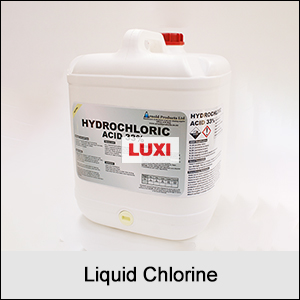Hydrochloric Acid
Hydrochloric Acid Overview
Hydrochloric acid (HCl) is a highly corrosive, strong mineral acid composed of hydrogen chloride dissolved in water. It is widely used in various industrial, laboratory, and commercial applications.
1. Properties of Hydrochloric Acid:
- Chemical Formula: HCl
- Physical State: Colorless, highly acidic liquid.
- Odor: Pungent, suffocating odor.
- Solubility: Fully miscible with water.
- Concentration: Commonly available in concentrations ranging from 10% to 37% by weight.
2. Reactivity:
Hydrochloric acid is highly reactive and can dissolve a wide range of materials including metals, minerals, and organic compounds. It reacts with bases to form salts and water, and with metals to release hydrogen gas.
3. Applications of Hydrochloric Acid:
- Chemical Manufacturing: Used in the production of various chemicals, including chlorine gas, sodium chloride, and hydrochloride salts.
- Water Treatment: Employed in pH adjustment and neutralization of wastewater.
- Food Industry: Used in food processing for pickling metals, refining sugar, and stabilizing gelatin.
- Oil and Gas: Utilized in petroleum refining and oil well acidizing.
4. Safety and Handling:
- Hazards: Highly corrosive and can cause severe burns to the skin, eyes, and respiratory tract.
- Protective Measures: Always use protective equipment such as gloves, goggles, and aprons. Handle in a well-ventilated area or fume hood.
- First Aid: In case of skin or eye exposure, rinse immediately with water. For inhalation exposure, move to fresh air and seek medical attention.
5. Storage:
Hydrochloric acid should be stored in corrosion-resistant containers such as polyethylene or Teflon, away from incompatible materials and in a cool, well-ventilated area.
In summary, hydrochloric acid is a versatile chemical used across various industries, but its hazardous nature requires strict safety measures to avoid accidents and exposure.



